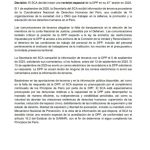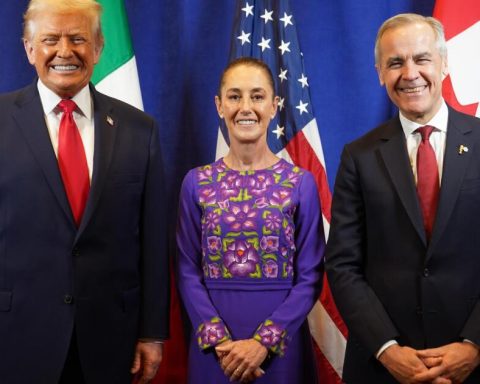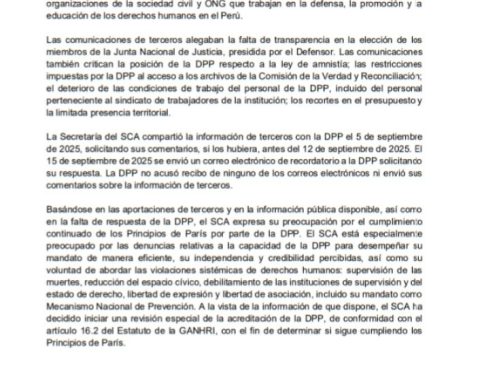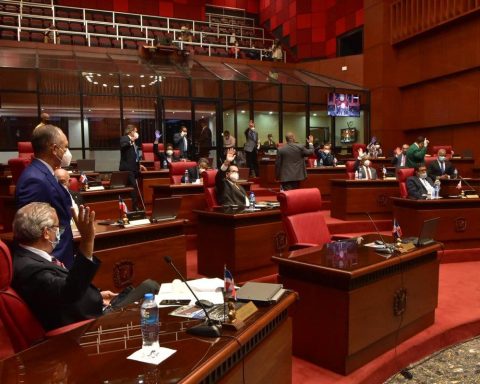MIAMI, United States. — In the city of Bogotá, capital of Colombia, he was born on May 18, 1878 Cuban writer Felix Callejasa relevant figure of Cuban letters from the end of the 19th century and the beginning of the 20th.
Callejas completed his first studies in Havana and, once he finished high school, he worked as a grammar teacher at the Normal School. He also held important positions in the Secretary of Public Instruction of Fine Arts.
Together with the famous novelist Miguel de Carrión, he created the specialized magazine Pedagogical Cuba (1903) and another for children, titled The Golden Age 1904). His interest in the education of children led him to launch a second children’s magazine in 1912, which he called Springand of which he was editor and owner.
In 1903 Callejas began to write in the figaro, whose poetry contest he would win a year later. From then on, and until 1929, she maintained a sustained collaboration with that medium, one of the most widely read at the end of the 19th century and throughout the Republican era.
He also served as Editor-in-Chief of the printed Letters (1910) and Magazine of agriculture, trade and work (1918-1921). During his period dedicated to journalism, he edited the humorous section entitled fixing the worldwho signed with the pseudonym “Billiken”.
This section was maintained for around twenty years, first in The Press and, from 1917, in The world; until in 1929 he founded the satirical weekly billikenwhich achieved great popularity among readers.
Dedicated entirely to literature and journalism, Félix Callejas was a founding member of the National Academy of Arts and Letters, created by Presidential Decree on October 31, 1910. The entity, which in 1914 obtained its own legal status and full civil capacity to all legal effects, had sections of Literature, Architecture, Sculpture, Painting and Music.
















